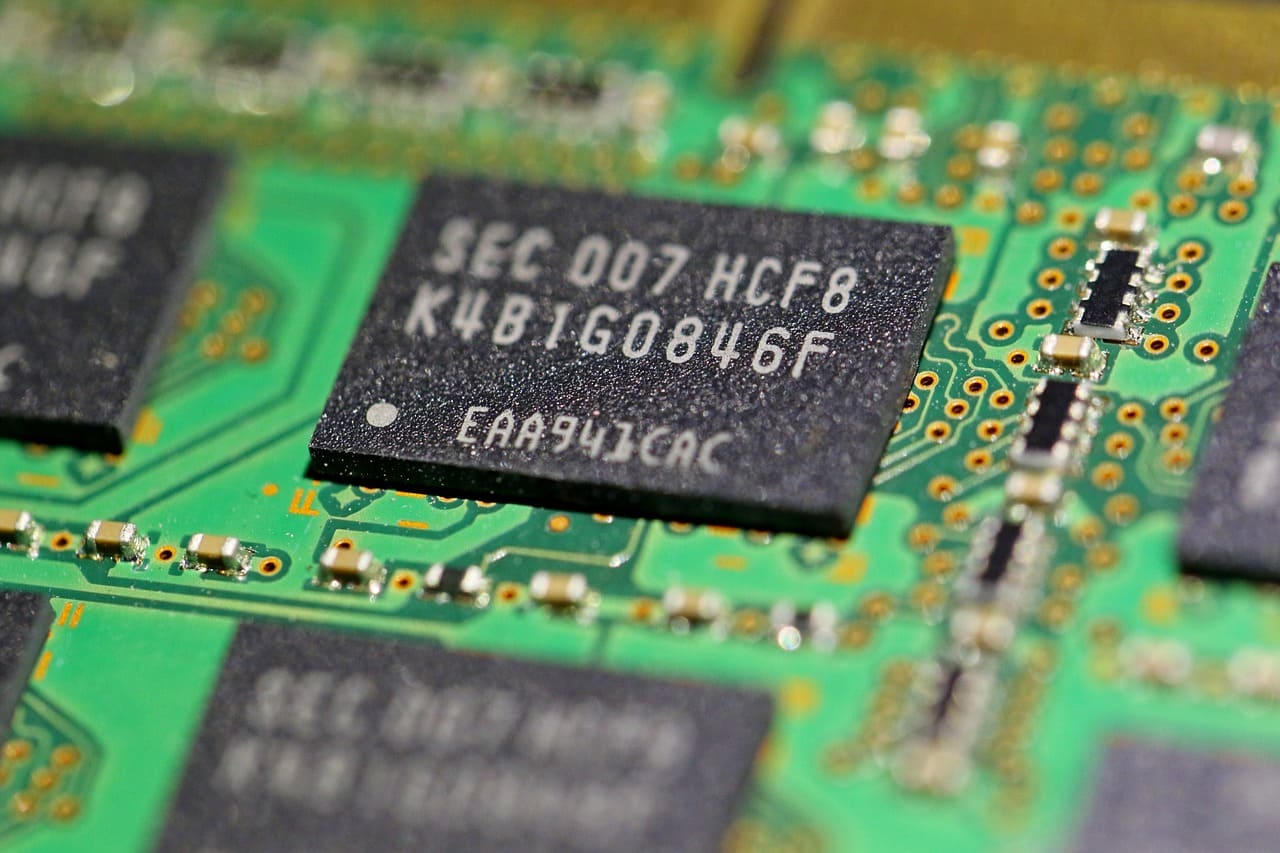
Electrical & Electronic Appliances Spare Parts Trading: Import and Export
Electrical & Electronic Appliances Spare Parts Trading
The trading of electrical and electronic appliances spare parts is a dynamic and vital sector within the global market. This industry focuses on the wholesale buying and selling of spare parts that are essential for the repair and maintenance of a wide range of appliances, including home electronics, industrial machinery, and consumer gadgets. The import and export of these spare parts play a crucial role in ensuring the longevity and efficiency of electronic appliances, supporting both the consumer market and various industries worldwide. This description delves into the market dynamics, key players, logistical challenges, and regulatory considerations of this sector.
Market Dynamics
The market for electrical and electronic appliances spare parts is driven by several factors, including technological advancements, consumer demand, product lifecycles, and the growing emphasis on sustainability through repair and reuse.
Technological Advancements
Rapid technological advancements in the electronics industry lead to frequent updates and upgrades of appliances, creating a continuous demand for spare parts. New models and technologies often require specific parts for repair and maintenance, driving the need for a diverse and up-to-date inventory.
Consumer Demand
Consumers increasingly prefer repairing existing appliances over purchasing new ones, influenced by cost-saving considerations and environmental awareness. This trend boosts the demand for high-quality spare parts that can extend the lifespan of appliances.

Product Lifecycles
The lifecycle of electronic appliances, from introduction to obsolescence, impacts the demand for spare parts. Older models require more frequent repairs, leading to higher demand for spare parts, while newer models may initially require fewer replacements but drive future demand as they age.
Sustainability
The push for sustainability and reducing electronic waste has led to a greater emphasis on repair and maintenance. Governments and organizations are promoting circular economy practices, encouraging the reuse of spare parts to minimize waste and conserve resources.
Key Players
The market for electrical and electronic appliances spare parts involves a diverse array of participants, including manufacturers, distributors, independent traders, and repair service providers.
Manufacturers
Original equipment manufacturers (OEMs) produce spare parts specifically designed for their appliances. Companies like Samsung, LG, and Bosch supply genuine parts that ensure compatibility and reliability. OEMs often have extensive distribution networks to support global demand.
Distributors
Distributors play a crucial role in the supply chain, bridging the gap between manufacturers and end-users. They manage large inventories of spare parts from various manufacturers, providing a one-stop solution for repair service providers and retailers. Distributors also handle logistics, ensuring timely delivery to customers.
Independent Traders
Independent traders and wholesalers operate in the secondary market, sourcing spare parts from multiple suppliers and selling them to repair shops, retailers, and consumers. These traders often deal in both genuine and aftermarket parts, offering a range of options to meet different budget and quality requirements.
Repair Service Providers
Repair service providers, including authorized service centers and independent repair shops, are key customers for spare parts traders. They rely on a steady supply of parts to perform repairs and maintenance on a variety of electronic appliances, from household gadgets to industrial machinery.
Import and Export
The import and export of electrical and electronic appliances spare parts are critical to meeting global demand and ensuring the availability of parts across different regions. This aspect of the business involves navigating international trade regulations, managing logistics, and understanding market needs.
Import Considerations
Importing spare parts requires identifying reliable foreign suppliers, negotiating favorable terms, and complying with import regulations. Importers must consider factors such as tariffs, quality standards, and potential trade restrictions. Efficient logistics planning is essential to ensure timely delivery and maintain product quality during transit.
Export Considerations
Exporting spare parts involves establishing market access in foreign countries, negotiating contracts with international buyers, and complying with export regulations. Exporters must manage logistics, including securing transportation routes and ensuring products meet destination country standards. Additionally, understanding the local market demand and regulatory environment is crucial for successful export operations.
Logistical Challenges
The logistics of trading electrical and electronic appliances spare parts are complex, involving multiple modes of transportation, storage requirements, and inventory management.
Transportation
Spare parts are transported via air, sea, and land, depending on the urgency and distance. Air transport offers speed for high-demand items, while sea transport is cost-effective for bulk shipments. Efficient logistics coordination is vital to minimize delays and costs.
Storage
Proper storage of spare parts is essential to prevent damage and ensure quality. Warehouses must be equipped with appropriate shelving and climate control to protect sensitive electronic components. Effective storage solutions also help in quick retrieval and distribution of parts.
Inventory Management
Managing inventory involves balancing supply with fluctuating demand, minimizing storage costs, and ensuring timely delivery. Advanced inventory management systems help in tracking stock levels, forecasting demand, and coordinating with suppliers and customers to maintain an optimal inventory.
Regulatory Considerations
The trading of electrical and electronic appliances spare parts is subject to various regulations aimed at ensuring product safety, quality, and compliance with environmental standards.
Safety and Quality Standards
Spare parts must meet safety and quality standards set by regulatory bodies to ensure they function correctly and safely in electronic appliances. Compliance with these standards is crucial to avoid recalls and legal issues.
Environmental Regulations
Environmental regulations focus on reducing electronic waste and promoting the recycling and reuse of parts. Compliance with these regulations ensures sustainable business practices and aligns with global efforts to minimize environmental impact.
Trade Policies
Trade policies, including tariffs, import/export restrictions, and trade agreements, significantly influence the flow of spare parts between countries. Traders must stay updated on these policies to ensure compliance and optimize their trading strategies.
Conclusion
The wholesale trade of electrical and electronic appliances spare parts, encompassing import and export activities, is a dynamic and essential sector within the global market. It requires a deep understanding of market dynamics, key players, logistical challenges, and regulatory considerations. As the demand for sustainable and cost-effective solutions continues to grow, this sector must adapt to changing market trends, technological advancements, and regulatory requirements to remain competitive and ensure a reliable supply of essential spare parts worldwide.

